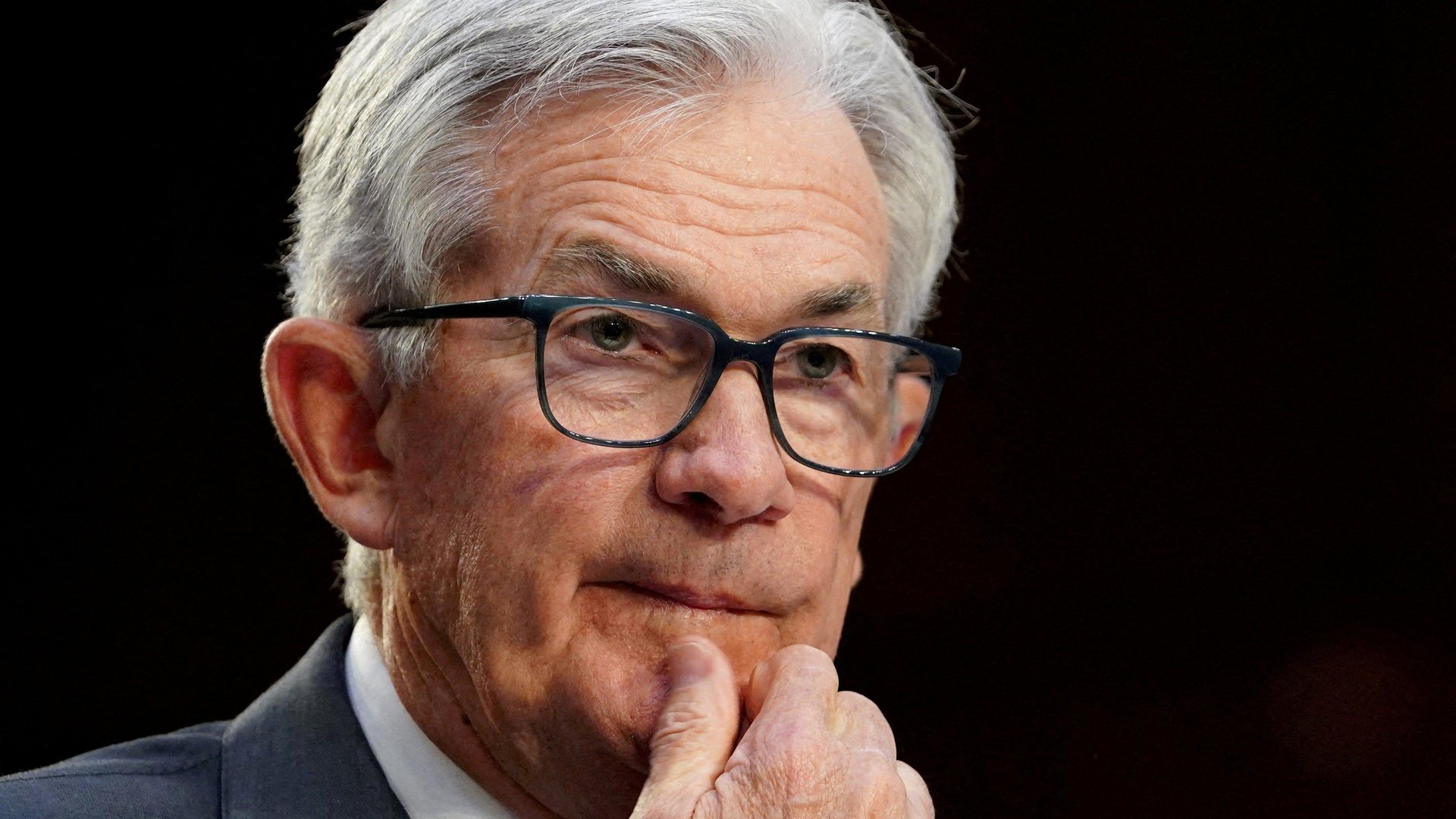The Federal Reserve hiked its key interest rate
The FOMC decision follows panic in the banking sector sparked by the failure of Silicon Valley Bank

The Federal Reserve raised its key interest rate by another quarter-percentage point on Wednesday (March 22), signaling confidence that recent panic in the banking sector will be contained.
Suggested Reading
That puts the federal funds rate—or the rate at which the Fed lends to banks—at a target range of 4.75% to 5%, up from a previous range of up to 4.75%.
The Fed’s decision comes after a week of turmoil in the banking sector, from the collapse of Silicon Valley Bank—the second-biggest US bank failure in history—to a deal this past Sunday that saw Swiss banking giant UBS buying Credit Suisse. Deposit outflows at troubled institutions, and the emergency responses of regulators in the US and elsewhere, created deep uncertainty as to which direction the central bank would go with its decision on interest rates.
Powell’s press conference
At a press conference announcing the rate decision, Fed chair Jerome Powell addressed a range of issues related to inflation and the recent bank runs. Here are some highlights:
- Why the rate increase? “Inflation remains too high and the labor market conditions remain...very tight,” Powell said.
- A less aggressive stance. “We no longer state that we anticipate ongoing rate increases will be appropriate to quell inflation. Instead, we now anticipate that some additional policy firming will be appropriate,” he said.
- On the state of the banking system. “Our banking system is sound and resilient, with strong capital and liquidity,” Powell said, stressing that the Fed will continue to closely monitor conditions and will be prepared to use all of its tools to keep the banking system “safe and sound.”
- Monitoring the fallout. Powell said the Fed will be assessing credit conditions and the effect any tightening of lending would have on labor markets and inflation—which is effectively the same as rate hikes, he mentioned—and the Fed’s subsequent policy action will reflect that.
- On the Fed’s role in the Silicon Valley Bank collapse. Regarding its own investigation into failure in its oversight of SVB, Powell said, “We do need to strengthen supervision and regulation.” He also said he welcomes and expects independent investigations.
- Can there still be a soft landing? “It’s too early to say if these events have had much of an effect,” Powell said. “I think that pathway still exists. And, you know, we’re certainly trying to find it.”
Inflation is starting to ease in the US
The failure of SVB stemmed in part from the Fed’s move to sharply hike interest rates in an effort to tame down inflation, which has made everything from groceries to rent more expensive.
Over the last year, the Fed raised rates from nearly zero to 4.75%. Though inflation is starting to ease, the rate in February was still nearly triple the Fed’s target.
Tomorrow, the Bank of England decides on its own interest rate hike, having taken in both higher-than-expected UK inflation data and the bank implosions of the past week in the US and Switzerland.
Related stories
- Despite banking woes, the European Central Bank hikes interest rates by half a percentage point
- The Fed’s discount window is lending to banks at 2008 levels
- With SVB and Signature, the US is making a “systemic risk exception” for systemically unimportant banks
Read more on Quartz
For more Quartz coverage of the global economy, click here. For finance and investing news, click here. Also check out the Quartz Obsession podcast, including our episode on The Invisible Hand, which was coined by the Scottish philosopher Adam Smith in the 18th century and has been largely misunderstood ever since.
